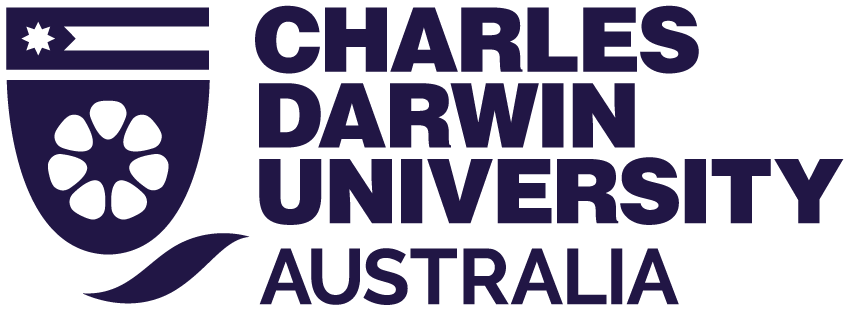Geological configuration of Wallacea
11 Geological reconstruction of Wallacea
This reconstruction shows the reconfiguration of the area where the Australian plate collided with the Asian Plate over the past 30 million years, giving rise to the Bali, Lombok and Sumbawa, the chains of islands in the Banda Arc, and causing much of the mountain building in New Guinea.
Explanation of colours and features used in the reconstruction of Hall (2010):
- White lines in oceanic areas are marine magnetic anomalies.
- White lines with triangles are subduction zones.
- The Australian mainland, southern New Guinea and Timor is in red-orange, while pale red and dark red areas represent submarine parts of the Australian continental margins. These margins include the Sahul Shelf and Arafura Shelf.
- Yellow areas represent Sundaland, an extension of the Eurasian Plate; pale yellow areas are currently under the ocean. Land areas shaded green were formed at plate margins during the Cenozoic.

Main sequence of events
Note that in these reconstructions the abbreviation mya = million years ago.
30 mya. At the start of the sequence the Australian plate lies to the south and Sundaland to the northwest. For the next 5 million years Australia moves north, continuing on a trajectory that has followed since separating from Antarctica at about 45 mya.
At c. 25 mya the Australian margin begins to collide with the SE Asian margin in Sulawesi, and in the next period the fragments of Sulawesi move closer together.
By 10 mya the Australian plate is in relatively close proximity to the Banda Arc. The islands of Bali, Lombok and Sumbawa have formed, and a series of islands stretches from northern Australia to New Guinea and to the north-west.
In the next few million years the eastern island chain of Nusa Tenggara forms and Timor (at the edge of the Australian continental margin) pushes up into the Banda Arc. The fragments of Sulawesi also unite into a single island, and there is reorientation of islands in the outer Banda Arc.
The convergence of Australia + New Guinea with Asia resulted in a collision that brought two originally separate faunas and floras into direct contact, ultimately giving rise to the present day distribution of plants and animals in the region.
Complete the activity below to check your knowledge.

